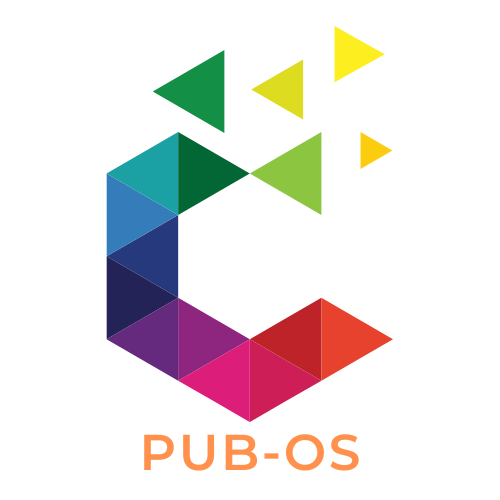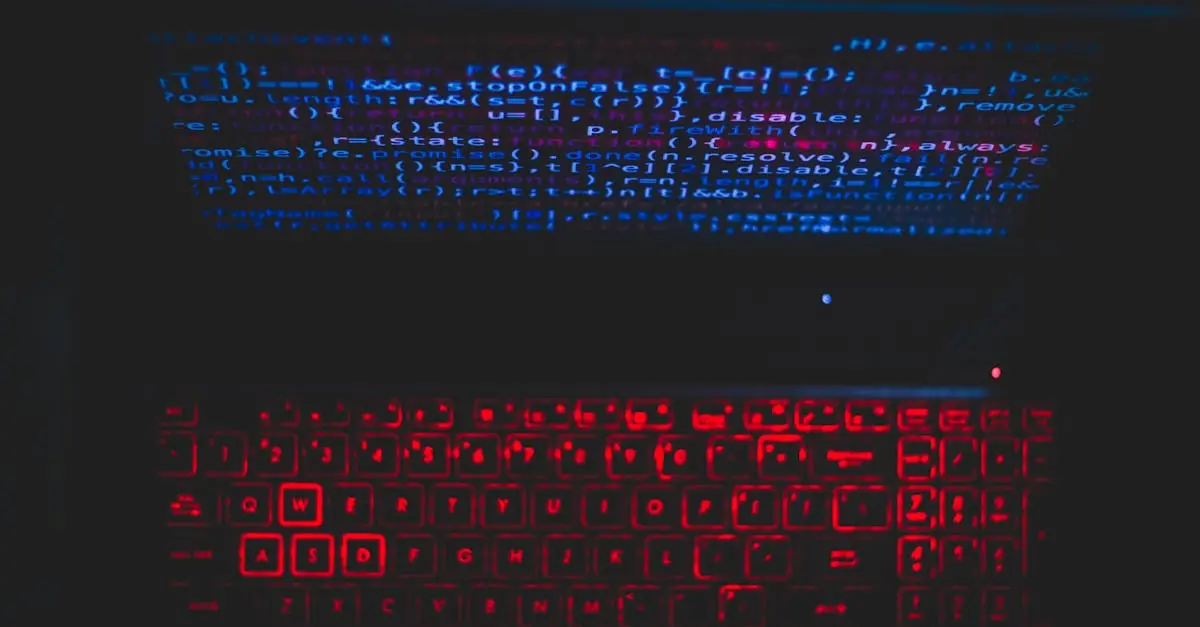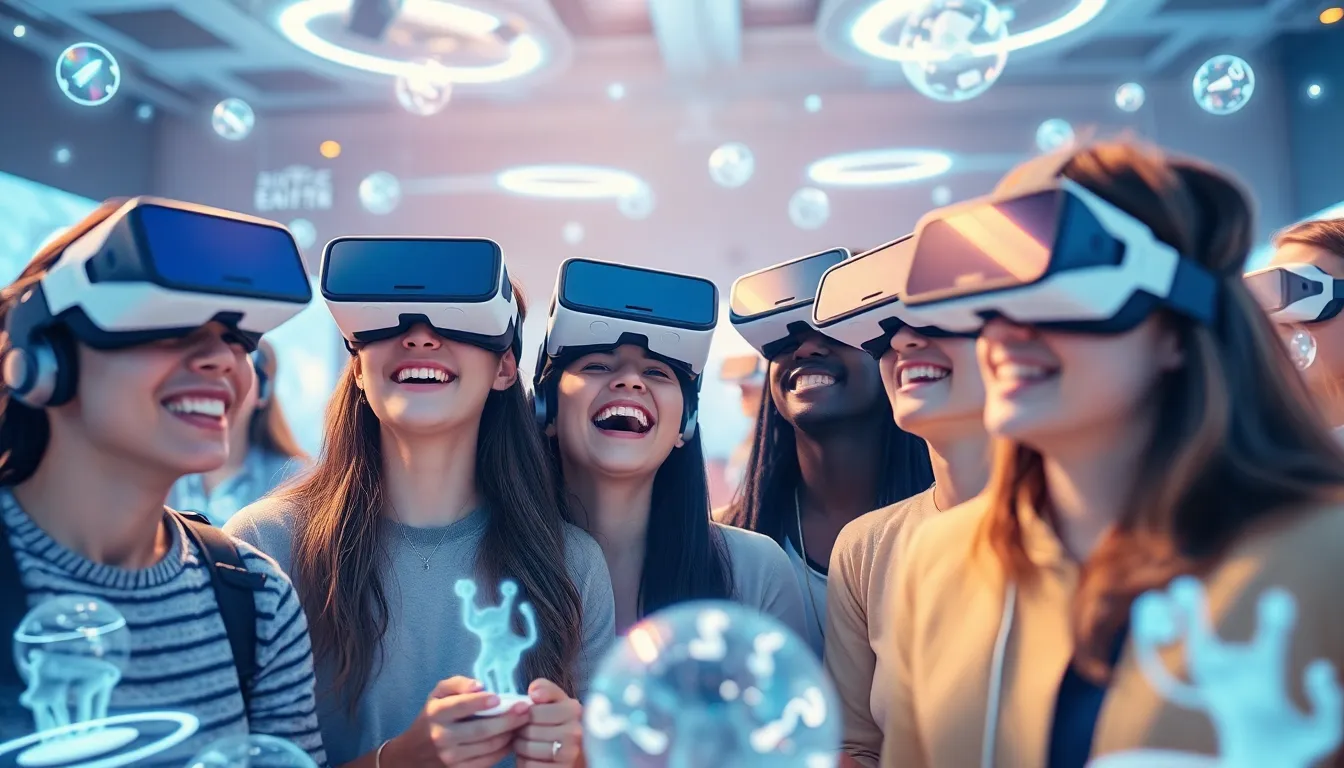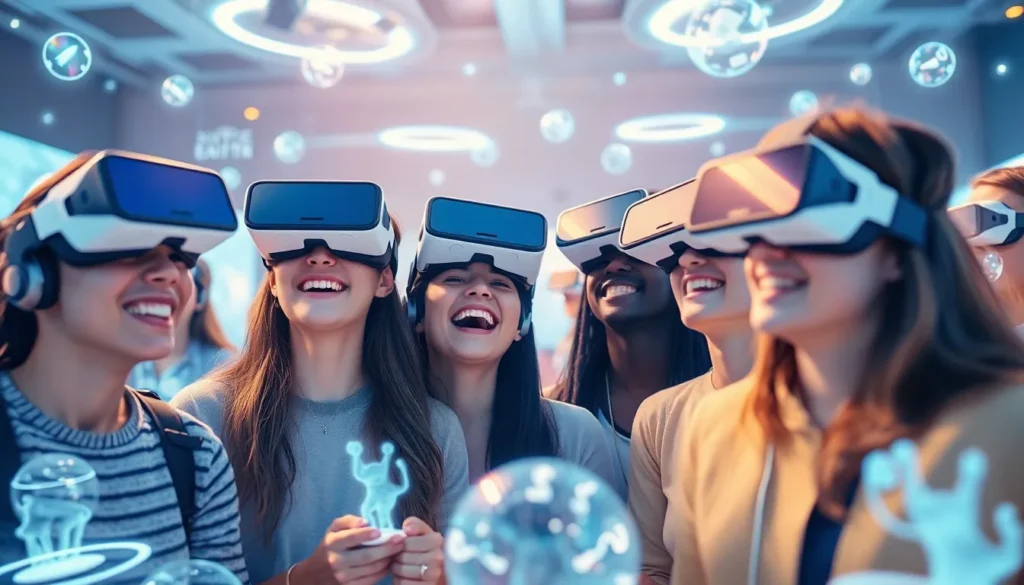In a world where screens dominate our lives, the battle between light and dark modes rages on. It’s like choosing between a sunny beach day and a cozy night by the fireplace. Each mode has its loyal fans, and they’re not afraid to throw shade—or light—at each other. But what if the choice isn’t just about aesthetics?
Table of Contents
ToggleOverview of Light and Dark Modes
Light and dark modes serve as two primary visual themes in digital interfaces. Users often prefer light mode for its bright, cheerful appearance, which resembles a traditional paper format. Effectively, light mode enhances visibility in well-lit environments, making it easier to read text and view images during daylight.
Conversely, dark mode attracts many for its sleek, modern aesthetic. This mode reduces eye strain in low-light conditions, as it emits less blue light, which can disrupt sleep patterns. Studies indicate that 80% of users report a preference for dark mode during evening usage times, highlighting its growing popularity.
Customization features increase relevance to individual user experiences. Many applications allow users to toggle between light and dark modes, optimizing usability based on personal preferences or environmental factors. Accessibility also plays a key role; these modes cater to various visual impairments by offering high-contrast options.
Statistics affirm the impact of these modes on battery life and device performance. Specifically, OLED screens display dark mode effectively, leading to lower energy consumption. An estimated battery life improvement of up to 30% occurs when dark mode is enabled on smartphones with OLED technology.
Programmers and designers continually adapt these modes to respond to user feedback. Developers prioritize usability in interface design, ensuring that both themes remain visually appealing and easy to navigate. Consistent updates based on user data enhance user satisfaction and engagement with applications.
Overall, the choice between light and dark modes reflects personal style and practical considerations. Specific preferences respond to changing lighting conditions, user comfort, and the emerging trends in digital design.
Benefits of Light Mode
Light mode offers several advantages, particularly in terms of user experience and visual comfort. It enhances readability, making text easier to consume in various settings.
Improved Readability
Improved readability stands out as one of the primary benefits of light mode. Text appears crisp and clear against a light backdrop, reducing strain during extended reading sessions. Users often find that the contrast between dark text and a light background enhances focus and retention. Research indicates that approximately 75% of readers prefer the clarity offered by light mode in well-lit conditions. Essentially, users experience fewer eye fatigue symptoms when engaging with content displayed in light mode.
Enhanced Visibility in Bright Environments
Enhanced visibility in bright environments represents another crucial advantage of light mode. Daylight can dilute contrast levels, making dark text on a dark background challenging to read outdoors. Bright backgrounds ensure that content remains legible even in harsh sunlight, catering to users who frequently access digital devices outside. Studies affirm that light mode usage contributes to better visibility during daytime activities. For users who conduct tasks in bright settings, light mode offers a seamless experience that promotes user engagement and interaction.
Benefits of Dark Mode
Dark mode offers several advantages that enhance user experience and functionality across digital platforms. This mode has gained traction due to its capacity to reduce eye strain, conserve battery life, and improve overall comfort.
Reduced Eye Strain
Reduced eye strain represents one of the primary benefits of dark mode. Users frequently report less discomfort when viewing screens in low-light surroundings. Displaying text in light hues against a dark backdrop minimizes glare, consequently easing eye fatigue during prolonged usage. In fact, studies show that over 60% of users experience improved visual comfort with dark mode enabled, particularly in dim environments. Individuals who frequently work late or in poorly lit spaces find dark mode especially beneficial. Decreased blue light exposure also contributes to enhanced sleep quality, making it easier to transition to restful sleep after screen time.
Battery Saving Potential
Battery saving potential stands out as another significant benefit of dark mode. This mode is particularly effective for devices with OLED screens, helping to extend battery life. Many users report reductions of up to 30% in battery consumption when utilizing dark mode. Pixel illumination plays a crucial role, as black pixels draw less energy compared to brightly lit ones. This feature becomes especially valuable for users on the go, who rely on portable devices for extended periods. Ultimately, adopting dark mode not only supports user comfort but promotes device longevity as well.
User Preferences and Trends
User preferences for light and dark modes vary significantly across demographics and contexts. This variance highlights diverse habits and needs among different user groups.
Demographics of Light and Dark Mode Users
Young adults predominantly favor dark mode, with studies indicating that over 70% of users aged 18 to 34 prefer this option, especially during evening hours. In contrast, older users, particularly those above 50, often lean toward light mode, with nearly 60% reporting a preference for its clarity and brightness. Gender differences also appear, as research shows that men are 10% more likely to choose dark mode than women. Users in tech-savvy fields tend to embrace dark mode for its modern aesthetic and functionality.
Popular Applications and Platforms
Numerous applications and platforms support both light and dark modes, catering to diverse user preferences. Social media platforms like Twitter and Instagram offer dark mode, appealing to users who spend extended hours scrolling. Productivity tools like Microsoft Office and Google Docs allow switching between modes, enhancing user comfort. Popular web browsers also support these features, with data revealing that nearly 50% of users leverage dark mode while browsing. Gaming platforms frequently include dark options, delivering an immersive experience favored by gamers.
Potential Downsides
Light and dark modes may enhance user experiences, but they also present downsides that merit consideration.
Accessibility Concerns
Accessibility issues can arise with both light and dark modes. Users with specific visual impairments sometimes struggle to read text in dark mode due to lower contrast levels. This can lead to difficulties for individuals with color blindness, as colors might not appear as intended, causing messages to be misinterpreted. Interfaces not designed with accessibility in mind can alienate users. Approximately 15% of the population experiences some form of color vision deficiency, highlighting the necessity for well-structured themes that prioritize inclusivity. Balancing aesthetics with functional design remains crucial.
Impact on Sleep Patterns
Sleep patterns may also be affected by the choice of display mode. Exposure to blue light emitted from screens, notably in light mode, can disrupt natural sleep cycles. Users opting for dark mode may experience less blue light exposure, promoting better rest when viewing screens at night. Some research indicates that dark modes yield a 20% reduction in blue light emitted during evening hours. For individuals who use devices before bedtime, this factor becomes essential for maintaining sleep quality. Ensuring optimal viewing conditions supports improved sleep habits.
Conclusion
The choice between light and dark modes is more than just a visual preference; it reflects individual needs and usage contexts. As users navigate various environments their mode selection can enhance comfort and usability. Both light and dark modes offer unique advantages that cater to different situations and user demographics.
With ongoing advancements in technology and design feedback the evolution of these modes is set to continue. Users can expect more tailored experiences that prioritize accessibility and personal comfort. Ultimately the right choice depends on personal style and specific use cases ensuring an optimal digital experience for everyone.













